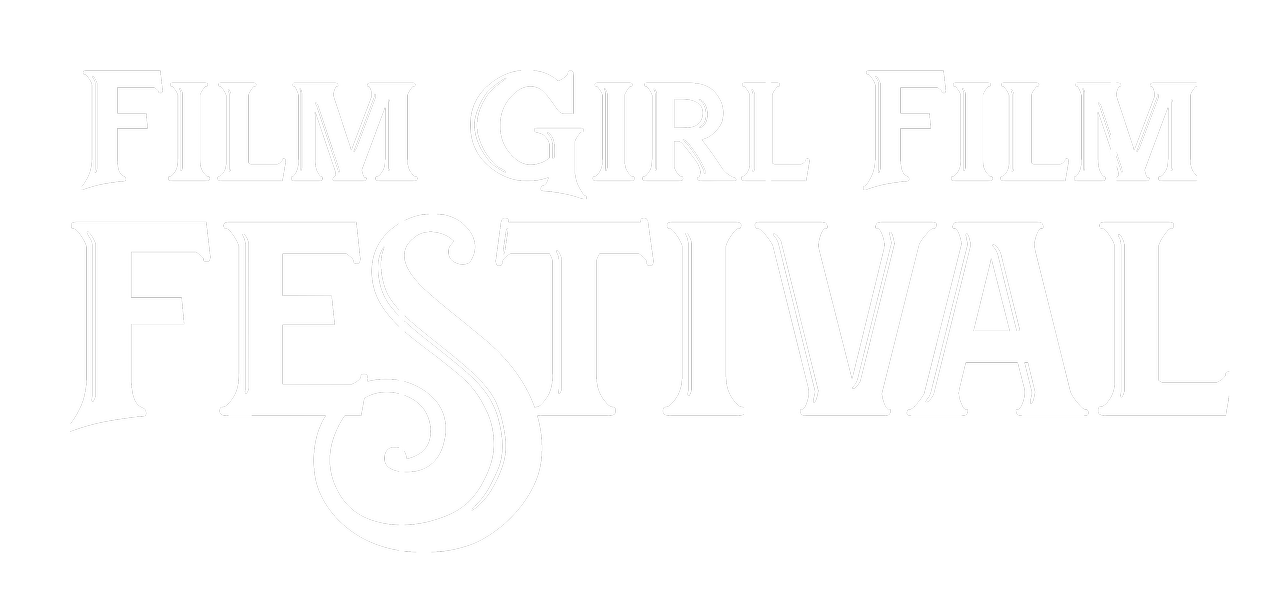IMDB
By Andrea Thompson
“Near Dark” is a creative kind of genre fusion that absolutely works, but also tends to be unprofitable if it's not released at the right time. Even if 1987 looked like the right year for Kathryn Bigelow's now cult film, it just wasn't familiar enough for audiences to get behind at the time, resulting in a very familiar situation: positive reviews, but not much returns at the box office.
The neo-western “Near Dark” was part of a number of serious vampire films in the 1980s. “The Lost Boys,” “Fright Night,” “Once Bitten,” “Vampire Hunter D,” and “The Hunger” are all just a small sampling of the large proliferation of films that revolved around the undead. And while the smash hit “Interview with the Vampire” wouldn't be made until 1994, the book it was based on had hit shelves in 1976, followed by “The Vampire Lestat” in 1985 and “The Queen of the Damned” in 1988 to a very appreciative audience.
“Near Dark” flips many of the genre staples from the start. The first and most obvious is it is not a young woman who is victimized by a vampire's bite, but a young man. Caleb Colton (Adrian Pasdar) is the quintessential good ol' small town boy. Hell, he even lives on a farm with his father Loy (Tim Thomerson) and sister Sarah (Marcie Leeds). One night, he meets a beautiful drifter named Mae (Jenny Wright) and gets bitten by her. He heads back home, but begins burning up in the sun. Just before he returns to the farm where he lives, the vampires Mae runs with pull up in an RV and kidnap him. During the rest of the film, Caleb is engaged in a battle for his soul. His nature now requires that he kill people to survive. “The night has its price,” Mae tells him soberly.
IMDB
Once Caleb resigns himself to staying with his kidnappers for survival purposes, the movie gets into territory that was probably too uncomfortable for audiences. Colton's struggle to live without killing is constant, and there's genuine suspense as to whether he'll kill or not. Even when he refuses, with Mae giving him blood from her wrist in lieu of killing, there's no guarantee he'll stay on a non-lethal path, not just due to his thirst for blood, but the other vampires, who insist that he kill to prove himself.
It's not just Caleb's struggle, which is all too recognizable, that probably made audiences uncomfortable. It's the vampires themselves, which also include Bill Paxton as the most psychotic of them, and Joshua John Miller as Homer, a vampire child who is actually decades old. They quickly become the other protagonists of the story along with Caleb, and they're mostly unrepentant monsters, killing the evil and the innocent alike, and bear more resemblance to the truckers in “Alien” (directed by James Cameron, whom Bigelow was married to from 1989 to 1991) than our most iconic bloodsuckers. These are blue collar vampires, with no aristocratic bearing whatsoever. For the most part, they became vampires by accident rather than being carefully chosen by a darkly handsome psychopath.
Nor are they particularly smart. Their leader, Jesse (Lance Henriksen), is charismatic, but it's hard to imagine these idiots surviving in a non-digital age, and it's also chilling to see just how easy it was for people to disappear before that age hit. This is a group of vampires who just decide to walk into a bar and kill everyone there in the most sadistic ways possible, and are nearly killed – by the police of all things. These guys may have superhuman abilities, but humans still pose a major threat since they're unable to get far enough away from the crime scene before daylight. Humans also manage to put up a credible threat later in the film's final battle.
Over thirty years later, “Near Dark” is still one of the best vampire or horror movies ever made, even if the word vampire is never uttered. Bigelow herself went on to make other films that became even bigger pop culture staples. “Near Dark” isn't just a melding of genres, it combines many of the topics Bigelow became famous for: machismo and women who are making their own lonely way in a male world. Films like “Point Break” and “The Hurt Locker” are examples of the former, while “Zero Dark Thirty” is the latter. Mae bonds with Caleb because of the loneliness and isolation inherent in her life. While she is equal to the men in her lethal family, they are clearly the ones who rule. The film was also a subversive look at the politics of the Reagan Era, which villainized the poor to make the public more comfortable with the continuing erosion of their safety net.
In their own way, the vampires of “Near Dark” are a kind of found family that embrace the very values Reagan was espousing with their loyalty and devotion to each other. But in spite of their strength, they face a constant struggle for survival, and are constantly dependent on others for it. They're essentially a struggling white working class family who mostly gets away inflicting pain and death, mainly because people who being taught that other groups were responsible for such vicious crimes. It feels even more relevant now in our current age, which makes the happy ending even more of a relief. It may be a bit too unrealistic even for a vampire movie, but with hope in ever shorter supply, the possibility of a new, better day after such horror feels like a much needed ray of hope that doesn't burn, but heals.



